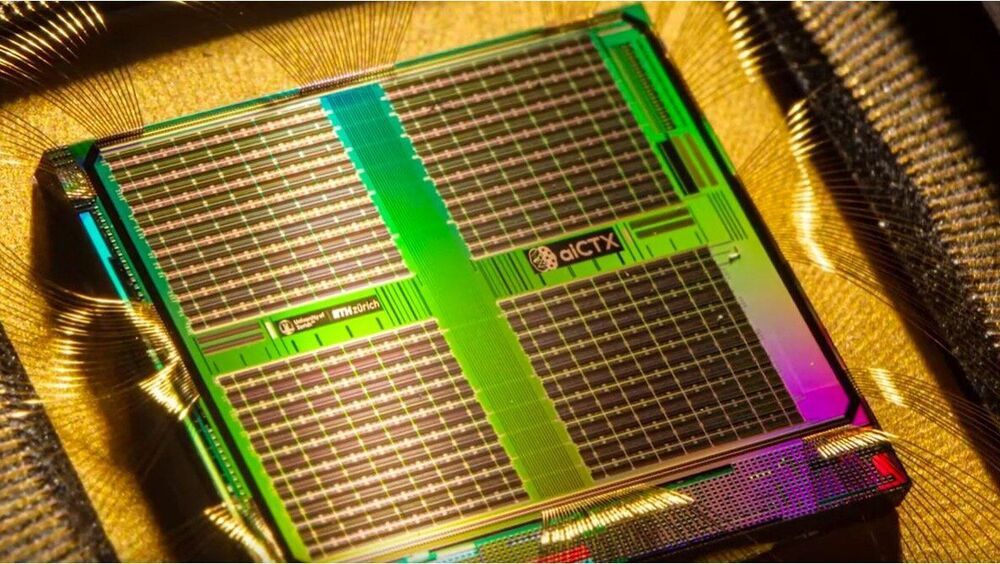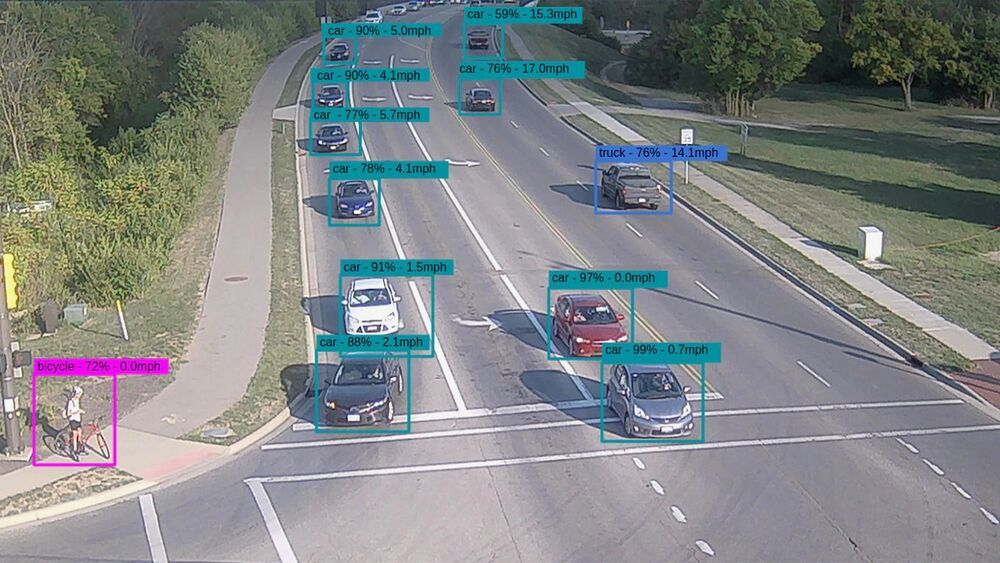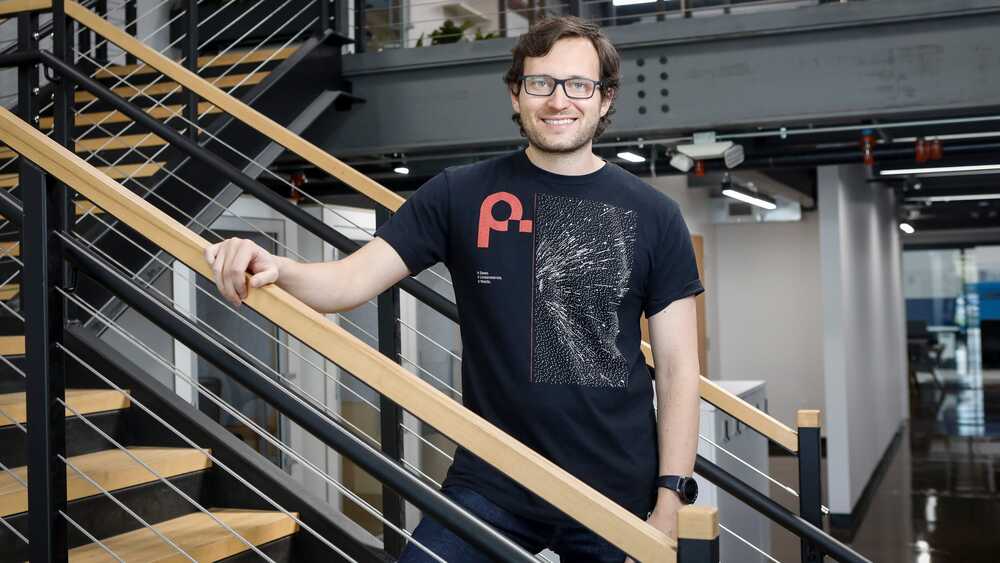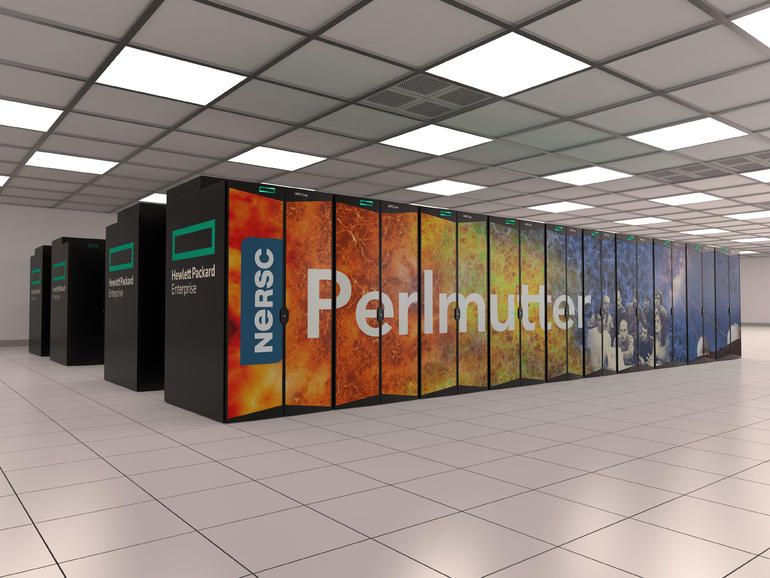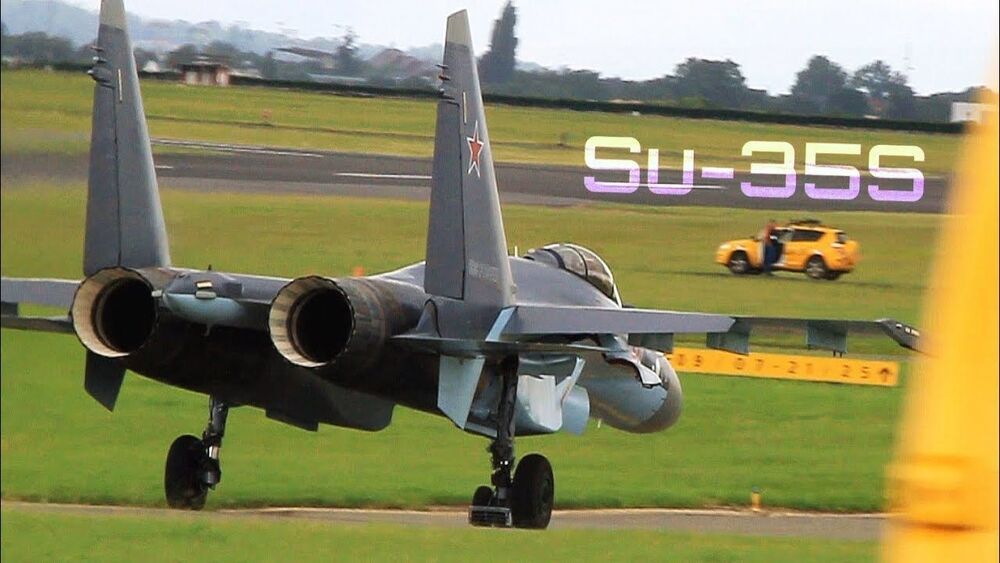Amid the rapid digitalisation of China’s economy, the second-biggest in the world, Midea’s factory represents a snapshot of the future – one in which manufacturing processes and employees need to adapt to increased automation and machine-driven learning.
Machines are increasingly taking over China’s assembly lines as manufacturers upgrade and prepare for fewer, higher-skilled workers.


